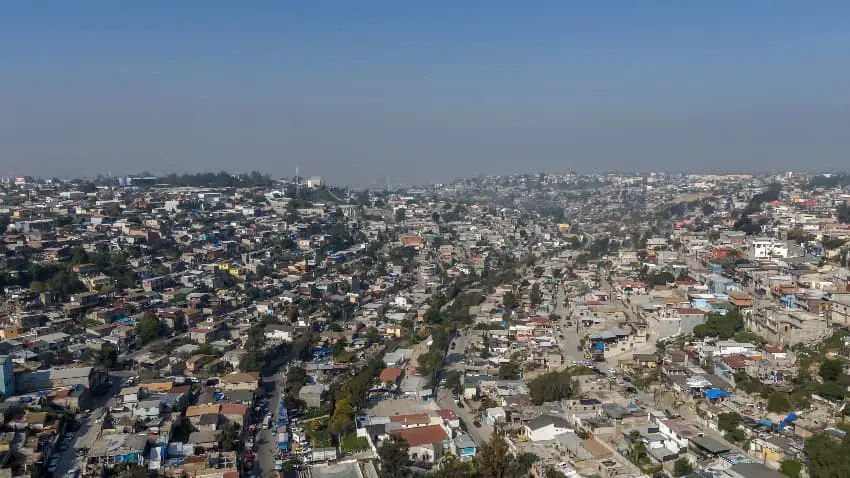April was the most violent month of the year to date with more than 2,600 homicides in Mexico, federal government data shows.
Homicides increased by 7.4% annually to 2,622 in April, according to data presented by Security Minister Rosa Icela Rodríguez at President Andrés Manuel López Obrador’s press conference on Tuesday morning.
The murder total was the highest monthly tally in Mexico since May 2023, when there were 2,664 victims.
Despite the increase in homicides last month, the total for the first four months of the year declined 1.5% annually to 9,776, or an average of just under 81 murders per day.
Rodríguez noted that the daily murder average in the first four months of the year was 20% lower than that for the entire year of 2018, during which former president Enrique Peña Nieto was in office for 11 months.
She presented data that showed that López Obrador is the first president since Ernesto Zedillo (1994-2000) to see a decline in homicides over the course of a six-year term.

According to the graph she displayed, the two most recent ex-presidents, Peña Nieto (2012-18) and Felipe Calderón (2006-12), saw increases in murders of 192.8% and 59%, respectively, between their first full year in office and their final year.
For his part, López Obrador has overseen a 20% reduction in homicides, Rodríguez said.
Which states are the most and least violent in Mexico?
Data presented on Tuesday showed that Guanajuato was the most violent state in the first four months of the year in terms of total homicides. The Bajío region state recorded 1,002 homicides between January and April.
Several criminal organizations including the Jalisco New Generation Cartel and the Santa Rosa de Lima Cartel operate in Guanajuato, which has now been the country’s most violent state for several years.

Violence in the state — most of which is linked to organized crime — mainly occurs in a relatively small number of municipalities. There have been homicides this year in San Miguel de Allende and Guanajuato city, but murder numbers in the two tourism hotspots are well below those recorded in the state’s most violent municipalities.
After Guanajuato, Baja California was the most violent state in the first four months of the year with 817 homicides. Among the victims in that state were two Australian brothers and an American man who were killed during a surfing and camping trip to the northern border state. They disappeared in late April and their bodies were found in the first week of May.
Ranking third to sixth for total homicides between January and April were México state (813); Chihuahua (658); Jalisco (602); and Morelos (597).
Rodríguez highlighted that the six states with the highest number of murders so far this year accounted for 45.9% of all homicides across the country between January and April.
The six states with the lowest number of homicides in Mexico in the first four months of 2024 were Yucatán (15); Baja California Sur (17); Durango (20); Coahuila (25); Aguascalientes (32); and Campeche (33).
Mexico City ranked as the 12th most violent entity among 32, with 308 homicides in the first four months of the year.
Electoral violence
The think tank Laboratorio Electoral reported on May 10 that 63 people “linked to the [current] electoral process” have been murdered.
Of that number, 32 were registered candidates or aspired to contest the June 2 elections at which Mexicans will elect some 20,000 municipal, state and federal representatives.
Twenty-two candidates were attacked in April, according to the organization Data Cívica. Three of that number were murdered, it said.

Political violence in Mexico is most common at the municipal level, at which candidates and officials are usually more accessible to the public and have small or non-existent security details.
That makes the thousands of people seeking to win an elected municipal position especially vulnerable to violence, as does the fact that influence over governments at that level is highly coveted by organized crime groups and seen as much more obtainable than holding sway at a state or federal level.
With reports from EFE
